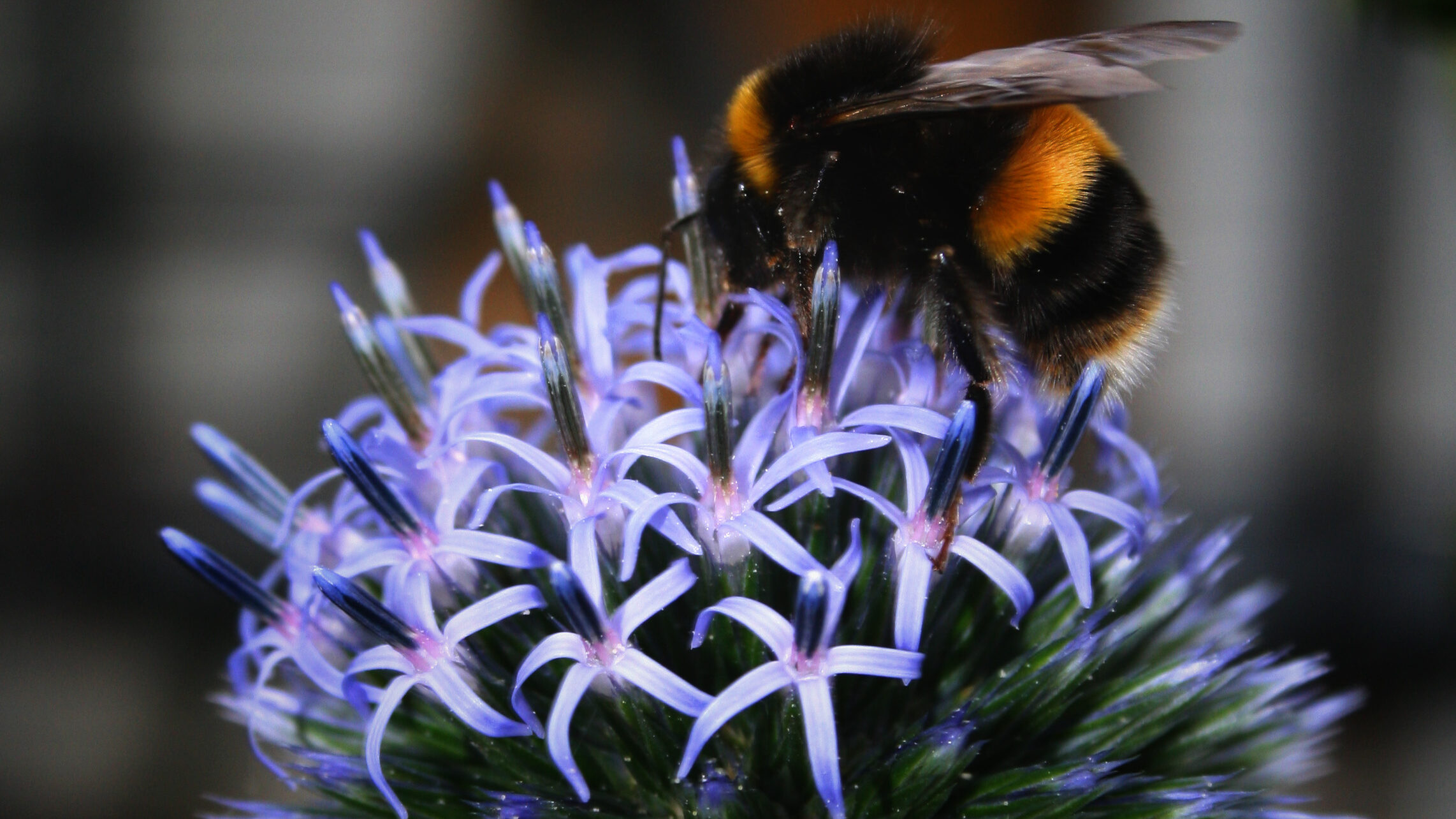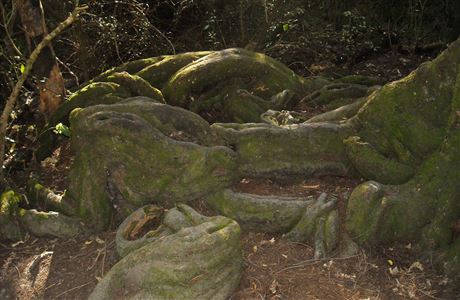Sometimes ‘old’ just can’t be beat! That certainly seems to be the case for old forest remnants, at least as far as our indigenous insects are concerned, according to research recently published in the New Zealand Journal of Ecology.

Urban gardens can be full of plant variety and buzzing with insects. But take a closer look and most of that insect life is likely to be introduced with perhaps a few very adaptable native species.
Forest restoration projects can be bursting with young, healthy native plants and a thriving understory. But sometimes beetles just like tatty old ancient trees best. Even if a new restoration is nearby and suitable for endemic insect-life, getting there across the urban landscape can be a journey too far for our smallest creatures.
The ‘old forest remnant’ in this study was Christchurch’s Riccarton Bush – the only old-growth forest remnant left in the city.
“The bush is a 600-year-old, 7.8 hectare remnant floodplain forest in the suburb of Riccarton. Previously extensive areas of mixed broadleaf and kahikatea forest was reduced to scattered patches by Polynesian fires, flooding and burial under sediment. European settlers felled or burnt most of the remaining forest. The Deans family gifted Riccarton Bush to the citizens of Christchurch in 1914 with the condition that the forest would be preserved in perpetuity in its natural state.”
Here’s what researchers Richard Toft, Denise Ford, Jon Sullivan and Glenn Stewart discovered when they looked at the beetles, fungus gnats (a type of small fly) and butterflies/moths that lived there and elsewhere across Christchurch.
“Areas of indigenous forest in urban and rural areas are often the last remaining examples of lowland ecosystems that were once extensive before human settlement. Conserving the indigenous invertebrate species in these remnants requires knowledge of how many taxa are functionally isolated and how many are capable of dispersing to, and persisting in, forest restoration sites and the surrounding matrix. Invertebrate communities in Riccarton Bush, a 7.8 ha old growth forest remnant New Zealand were compared with suburban gardens and Wigram Retention Basin, a 10-year old 2 hectare forest restoration site in Christchurch.”

The insects were collected with Malaise traps. These large, tent-like structure are used for trapping low- flying insects that are active in the day or night and can also catch emerging and ground-moving insects. They are made of a material such as terylene netting. Insects fly into the tent wall and are funnelled into a collecting vessel attached to highest point.
“In total 4822 Lepidoptera (butterflies and moths), 2992 Coleoptera (beetles) and 4359 fungus gnats were collected across all sample sites. All were sorted and identified. We also compared our survey with previous Malaise trap surveys of Christchurch restoration sites (Travis and Styx wetlands).”
The composition of insects found at Riccarton Bush was distinctly different to that of the other habitats.
“Indigenous taxa detected only in the remnant comprised of 27 species of Coleoptera (60% of total), 12 species of fungus gnats (27% of total), and 22 species of Lepidoptera (21% of total). Species accumulation curves suggested that most species not detected in gardens were truly absent. The restoration habitat we surveyed was more similar in species richness and composition to surrounding gardens than it was to the remnant forest.”
Although the restoration site was 10 years old at the time of the study, it may take much longer than this for insect species to reach and colonise it.
“The three restoration habitat sampling sites only shared five species exclusively with the remnant forest sites, suggesting that either these restoration sites provide unsuitable habitat, or have yet to be reached by the species living in the remnant forest. Previous studies suggest that indigenous invertebrate communities can gradually colonise habitat restoration sites, but the timespans over which this occurs are long and the process poorly understood.”

So we need to treasure our remaining patches of old forests – they can’t be easily replaced or replicated.
“Our study highlights the importance of preserving remnants for conserving invertebrate biodiversity and the challenges of mitigating biodiversity loss through forest restoration. The viability of indigenous insect populations in urban remnants is affected by the overall condition of the remnant. Remnants are subject to disturbances such as invasion of plant and animal pests, rubbish dumping and trampling by visitors.”
A small forest remnant is also much more exposed to weather conditions and its surroundings than a large forest with a deep, protected interior.
“Edge effects of wind and temperature extremes can affect the vegetation of the remnant leading to changes in plant composition over time. The quality of surrounding matrix is also important. Surrounding private suburban gardens can provide food, shelter and connectivity between green spaces for some animal species, including some invertebrates, but can contain few suitable resources and act as a barrier to dispersal for others. A better understanding is needed of the factors limiting indigenous forest insects in suburban garden and park habitats.”
According to the researchers, insects are a particular challenge for restoration projects. We simply don’t know enough about them and that limits our understanding of how to encourage insect communities to form at new forest restoration sites.
“Some invertebrates may be such poor dispersers that intervention may be required, i.e. they will require translocation into suitable restoration areas. There is a need to monitor the rate of accumulation of indigenous species in restoration sites and the viability of the remnant to sustain indigenous invertebrate communities. This is especially crucial for small populations of poorly dispersing species restricted to remnant habitats. We know little of the dispersal abilities and habitat requirements of most indigenous insects and incorporating their needs into restoration management plans remains difficult.”
Important questions remain unanswered.
“How long will it take for forest insect communities to assemble at these restoration sites; and, given the uniqueness of Riccarton Bush, should actions be taken to speed up the process? A study of environmental factors such as the size of restoration sites, distances between sites, and dispersal barriers along with species traits (size, dispersal ability, host specificity) should help us better understand which insects will follow the plants to restoration sites and which will need assistance. Until then, urban remnants remain precious, irreplaceable reservoirs of biodiversity in cities.”
The full research report is published in the New Zealand Journal of Ecology and is freely available online.

